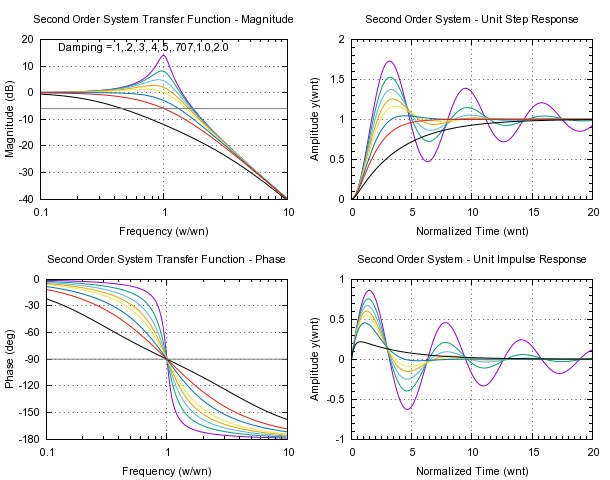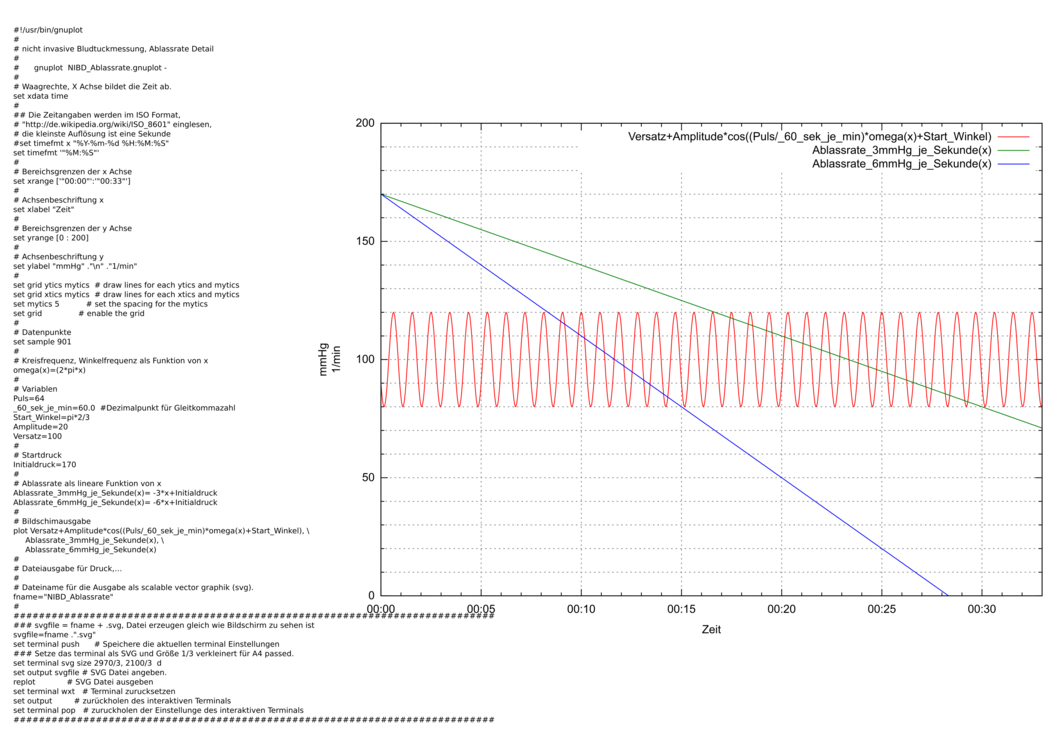

The blog posts on this website are licensed under aĬreative Commons Attribution-NonCommercial 4.New to the forum, apology if this is breaking any forum rules. I think I'll stick with gnuplot's separate graphic window for everyday uses! The eplot command for terminal plotting is simple - just eplot -d - and the output looks good, but I haven't found a way to resize the plot or avoid having eplot print out its configuration and a plot title: The defaults are to print a grid and not to print a title the grid can be avoided with -unset grid.Īnother gnuplot front-end is eplot, written in Ruby and available on GitHub as a pair of self-contained executables I copied mine to /usr/local/bin. The -domain option lets feedgnuplot use the first data column for x values, terminal type and size can be set with -terminal and an -exit option is used to close the command.


One is feedgnuplot, which is available in the Debian and Ubuntu repositories and also on GitHub, and has an explainer here. There are a couple of command-line "front-ends" for gnuplot that can sometimes make gnuplotting a little easier. gnuplot has an "autoscale" feature (described here), but it doesn't seem to work in a terminal. I haven't found a workaround for this particular issue, which is also apparent in some online dumb terminal demonstrations, like this one and this one. With the default sizing, the result is irregular (screenshot shrunk to fit blog width):
#SET TERMINAL GNUPLOT TRIAL#
I chose a 59-character width and a 26-line height by trial and error to ensure that with this particular plot, the "x" and "y" tics would be evenly spaced. gnuplot isn't so clever at scaling the axes. Notice that gnuplot has automatically identified the first column in the space-separated data table as the "x" values. In the command shown below I've set the terminal size to 59 characters wide and 26 lines high (more on that in a moment), and added notitle to avoid having '-' (the "name" of the plotted data) appear on the graph: To do that I can pipe the data command output to gnuplot -e, specify set term dumb and get gnuplot to plot stdin with plot '-'.

It's pretty, but sometimes I might want to plot some data directly in the terminal, without having to build a configuration file or specify lots of gnuplot options on the command line. This graphic appears in a separate window floating above my terminal. Plot 'cat_data' with linespoints pt 7 lc "black" If I save the result as the file "cat_data" (uncolumnated) I can make a gnuplot graph with an appropriate configuration file:Īwk -F"," 'NR>1 ' cgdcatsdetails.csv > cat_data & gnuplot cat_data_config From the file I'll total the cat registrations by birth year with AWK: As an example I'll use the cat data file "cgdcatsdetails.csv" from a previous BASHing data post. You can't just throw some data at gnuplot and expect it to build you a nice graph. One obstacle to running gnuplot for some users is the complexity of the configuration file needed to build a plot. gnuplot is fast and flexible and builds attractive graphics I've even used it as a simple GIS. Plotting data in the terminal with gnuplotįor many years (33!) the best command-line data plotter has been gnuplot, a C program still under active development.
#SET TERMINAL GNUPLOT FULL#
For a full list of BASHing data blog posts, see the index page.


 0 kommentar(er)
0 kommentar(er)
